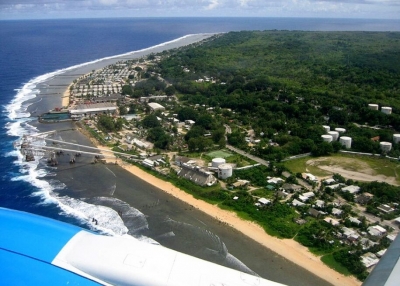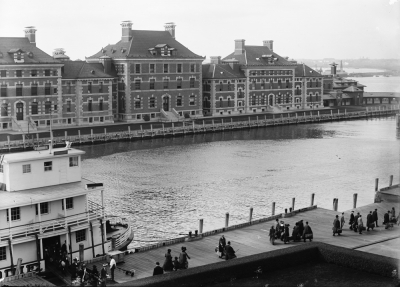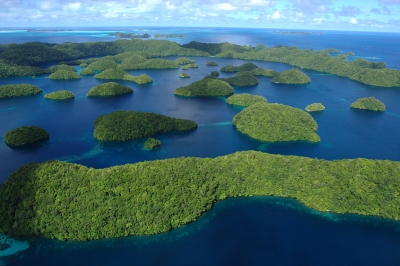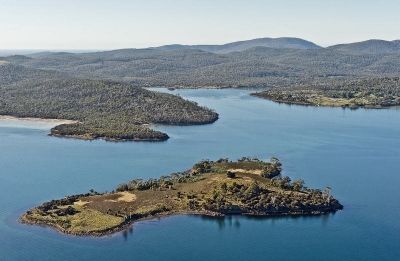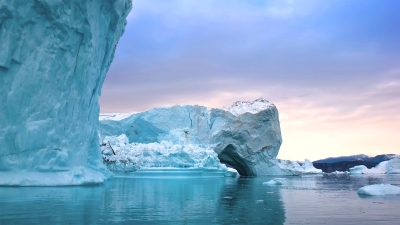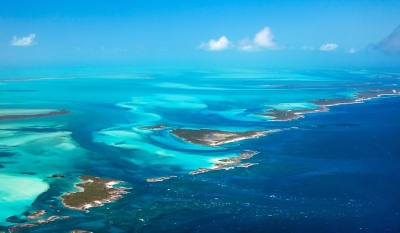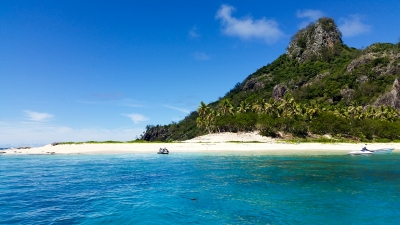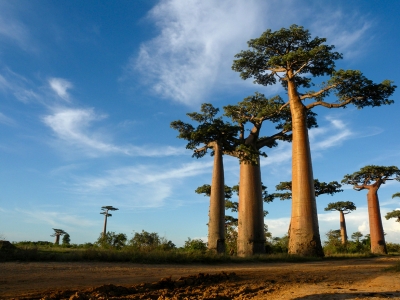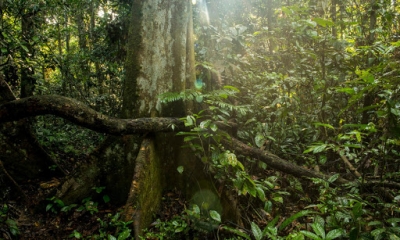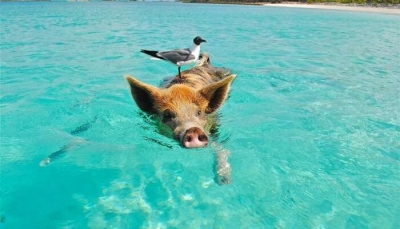What’s special about spratly Islands ?
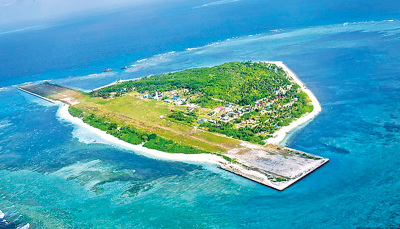
For several years, there has been an ongoing territorial dispute among China, Taiwan, Vietnam, the Philippines, and Malaysia over the ownership of the Spratly Islands. Let us know more about these islands.
Spratly Islands
The Spratly Islands consists of over 100 small islands or reefs, shoals, atolls, and small islets in the South China Sea of the Pacific Ocean. The islands are surrounded by rich fishing grounds, and gas and oil deposits.
While a great number of islands of Spratlys are now submerged, of the 12 main naturally occurring islets, the largest is the 90-acre Itu Aba. Another, called Spratly Island or Storm Island, measures 900 by 1,500 feet. Turtles and seabirds are the only wildlife on these islands. There is no permanent human habitation.
The Spratlys is significant due to their strategic location. During World War II, Japan occupied the archipelago and developed it as its submarine base. After the war, the Chinese Nationalist government established a garrison on Itu Aba and the government maintained it even after their exile to Taiwan in 1949.
When Japan renounced its claim to the islands in 1951, Taiwan, mainland China, and Vietnam declared themselves the rightful owners. The Philippines made a claim based on proximity in 1955.
The United Nations Convention on the Law of the Sea, which came into effect in the early 1980s, established the concept of exclusive economic zones (EEZ) extending 200 nautical miles from a country's coast. This resulted in the Spratlys becoming more desirable for their potential resources.
Dispute
By the late 20th Century, Vietnam, China, Taiwan, Malaysia, and the Philippines had laid claims to the Spratlys. However, the United States, which has kept a dominant presence in the Pacific region since the early 20th Century, has not recognised the claims of any country on the Spratlys. It insisted that the Spratlys are in international waters.
Meanwhile, China has asserted that its claim to the Spratlys dates back centuries. According to the Chinese government, almost the entire South China Sea, including the Spratlys and other island groups, is within its sphere of influence. However, these claims have been disputed by others, especially the Philippines and Vietnam.
Picture Credit : Google
